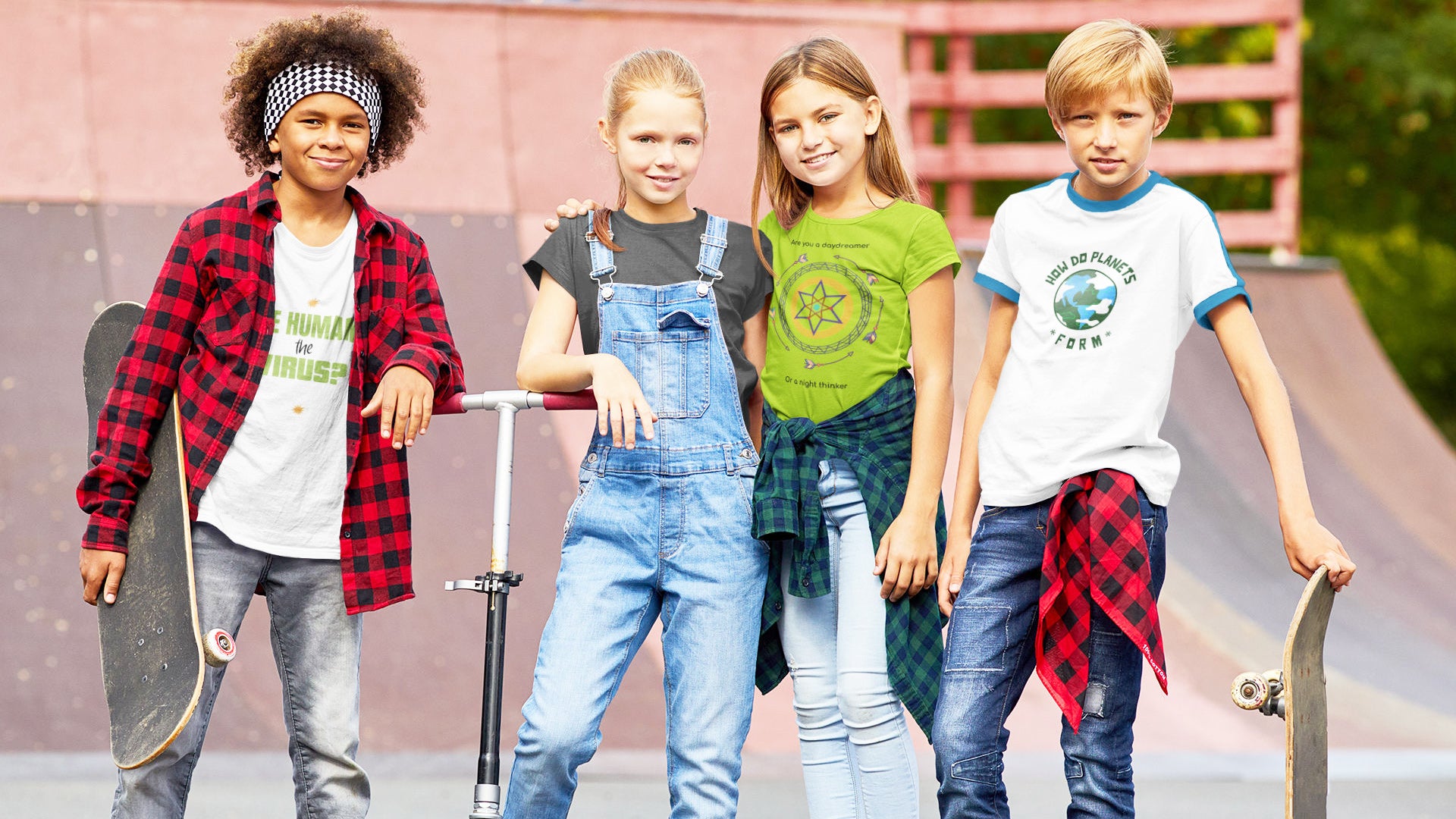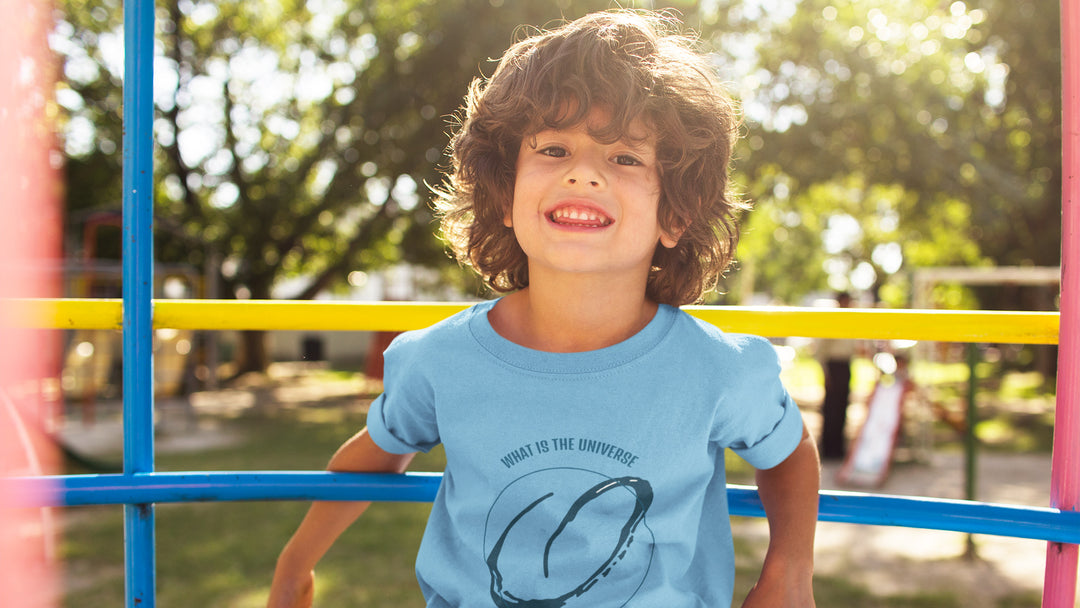The psychology of children

The psychology behind the mind of a child is fascinating and complex, and many clinical psychologists have dedicated their entire careers to studying it and helping us understand precisely how children think and behave. It is easy to believe that because our minds are more mature, we are therefore inclined to think and behave better than the average child. While this assumption is correct when it comes to problem-solving or higher-order, Profession of neurology and Pediatrics, M.D Schlagger (2005), states that children activate different brain regions when performing the same tasks as adults. The neural pathways which they engage are unique and often are far more.
The reason this is interesting and important is that it means children are not just different from us when it comes to their psychology but also when it comes to their neurophysiology. And the differences compound as children go through their natural growth cycles. While there are different models to explain how exactly a child develops, we will focus on just one of the most commonly known, the Piaget 4 Stage Model. Jean Piaget, a Swiss psychologist born in the late 17th century, developed the model and attempted to encapsulate the cognitive development of growing humans through their ability to acquire knowledge as well as intelligence as a primary factor. The four stages are as follows:
1. Sensorimotor Stage: 0-2 Years Of Age
During this stage, the child understands the world directly through its senses. How things move, feel, or how they physically exist. In order to interact with the world around them, they use actions that are correlative with these sensory inputs. For example, they grab to feel, they look at things intently to evaluate objects, and they may suddenly sit still to better hear something. There are also some other aspects that are key for this stage of development, and that is children during this phase learn about the fact that they are quite separate from the objects in the world around them and they also see that their direct actions have a direct influence – for example, hitting a glass can knock it over.
2. Preoperational Stage: 2-7 Years Of Age
During this stage of development, children begin to see and think about thinks in terms of symbols. Words become associated with objects and places. This is also the time for some abstract ideas to form. Unfortunately, this stage in development is often marked by an inherent sense of narcissism during which children are unlikely to see things through the lens of another person. Developments in language also occur during this stage, both in terms of processing auditory information, such as a parent calling for them or thinking about things symbolically. Symbolic thought is where a word or object is used to represent something other than itself.
3. Concrete Operational Stage: 7-11 Years Of Age
In this latter stage of development, children begin expressing many of the same intellectual functions that an adult possesses. It becomes easier for them to let go of their egocentric behavioral patterns and begin to recognize that the world can be seen through the lens of other people. The ability to use logic and reasoning for problem-solving also increases dramatically. They can begin to see patterns on a logical level, inducing fundamental principles behind an event . An example of this would be that if you told a child during this stage that their mother is stuck in traffic then they could likely infer that she will be late arriving at her destination.
4. Formal Operational Stage: 12+ Years Of Age
This is the final stage of the Piaget model and also incorporates the largest age group. This stage is vitally important and is when children, or at this point adolescents, begin to use abstract thought to deal with and ponder potential problems. Things such as philosophy, morality, creativity, and politics may become more of a staple within their normal thought patterns, as they begin to wrestle with the world’s bigger picture problems. Their ability to use deductive reasoning also increases exponentially during stage four.
What Does This Mean?
Each stage of development is unique in the way in which information is processed and understood. But as fascinating as this development is, why is it important when it comes to the curiosity of children and what could we possibly learn from them?
Well, one important aspect is the fact that when development is seen through the lens of this model, it flows contrary to the belief that growth, mentally speaking, is not a process of simply adding more information to an internal databank. It is a process of developing processes that work in tandem with one another to create structural human behavior.
According to Penn State University (2014), it is easier for children to learn things such as picking up a new language. When one analyzes the model above, it may shed some light as to why this may be the case. It is not because children have the capacity to add more information to their memory, it is because the way they see and interact with the world is different.
This is how this circles back to curiosity. The type of curiosity often displayed by young children could potentially be a correlative effect from their way of developing cognitively. So if you want to learn with the naturalist ease of a child it is important to stay curious. It is only in this way that adults can learn tasks more easily and keep their brain developing efficiently and rapidly, despite the fact that they are already an adult.







